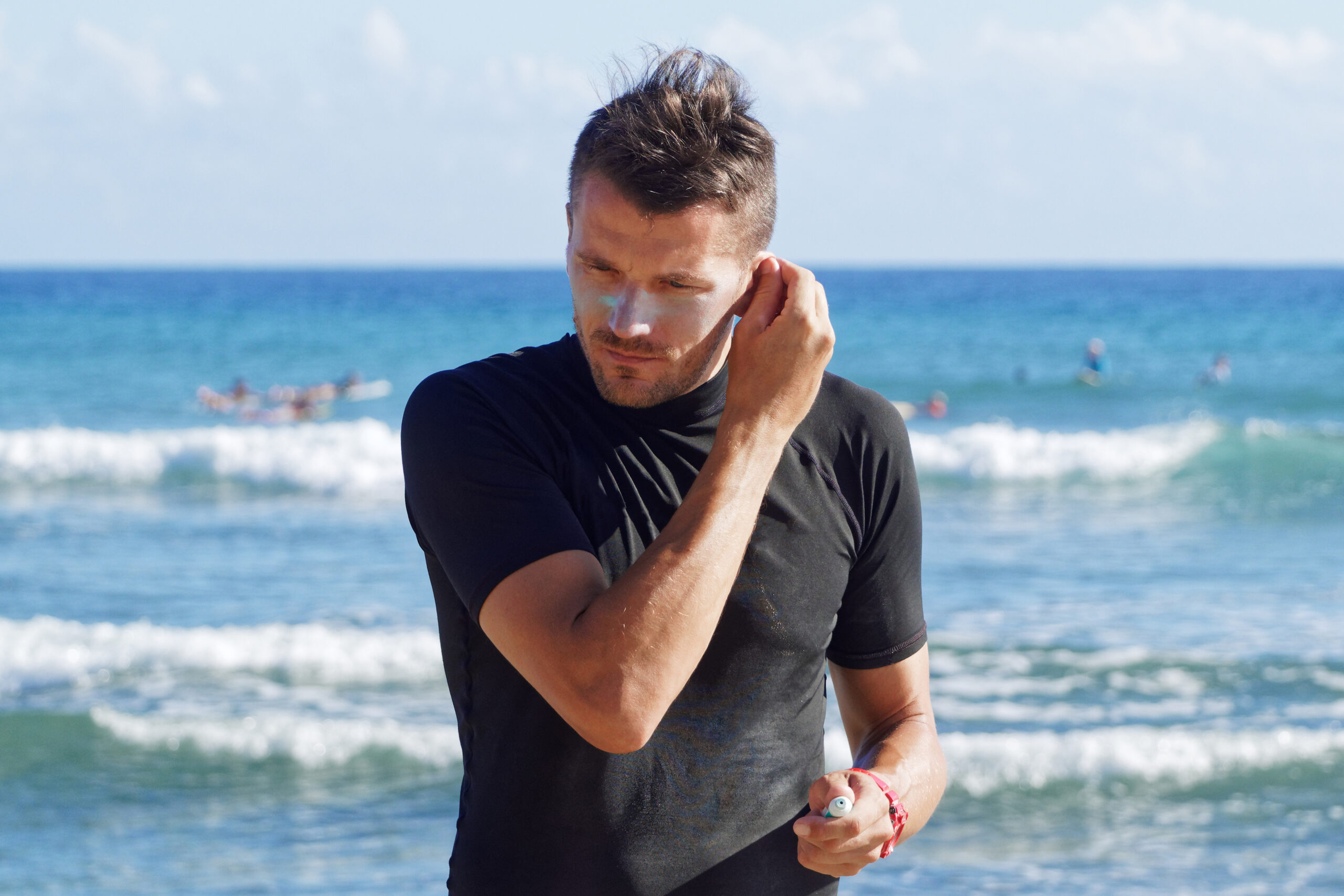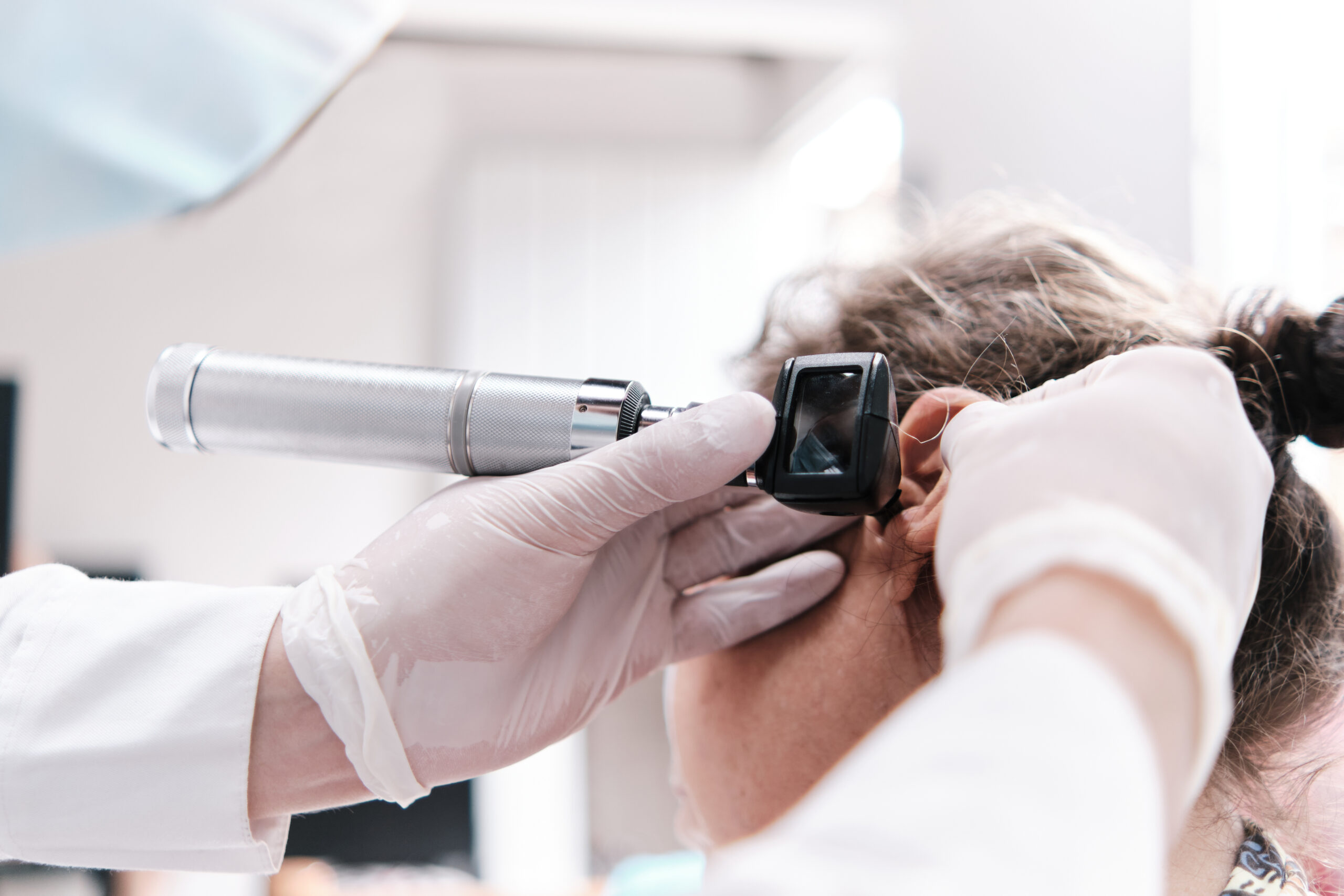Surgical Treatment for Surfers Ear.
When Is Surgery Required?
Surgery may be advisable if you suffer recurring ear infections, continuing pain, hearing loss, or a constant feeling of fullness in the ear (occlusion).
It may not necessarily correspond that the larger the exostoses are, the more severe the symptoms become; each case needs be approached individually by taking a history and performing a physical exam, including an otomicroscopy.
Once a determination has been made as to the condition of the ear canal, surgery may be advised as the best course of action.


What is Canalplasty?
In order to prevent ongoing infections and to offset the problems of this condition, Dr Sillars may recommend a canalplasty.
Historically the approach was through an incision at the upper aspect of the opening of the ear canal however Dr Sillars revolutionised canaplasty in New Zealand allowing a far more comprehensive outcome (which is also felt by many to be safer) by introducing a technique that moves access to an external incision just behind the ear.
Canalplasty surgery is performed to accurately remove bone from the ear canal in order to widen the canal. This surgery may also be used in order for a surgeon to have better access to repair injuries to the eardrum.
What is Canalplasty?
In order to prevent ongoing infections and to offset the problems of this condition, Dr Sillars may recommend a canalplasty.
Historically the approach was through an incision at the upper aspect of the opening of the ear canal however Dr Sillars revolutionised canaplasty in New Zealand allowing a far more comprehensive outcome (which is also felt by many to be safer) by introducing a technique that moves access to an external incision just behind the ear.
Canalplasty surgery is performed to accurately remove bone from the ear canal in order to widen the canal. This surgery may also be used in order for a surgeon to have better access to repair injuries to the eardrum.

What does the surgery for Surfer’s Ear/Exostoses involve?
The technique utilised by my Ear Surgeon Auckland clinic involves using a high-powered operating microscope and microdrills to remove the overgrowths progressively.
The canal is accessed via an incision behind the external ear, and then extreme care is taken to preserve the delicate skin which lines the ear canal as the bone is removed.
Dr Sillars also takes meticulous care to ensure that the surrounding anatomy is protected; this including the jaw, the eardrum and nearby facial nerve.
How long does it take to treat Surfer’s Ear/Exostoses surgically?
As an expert Auckland Ear Surgeon Dr Sillars usually takes around 1.5-2 hours to complete a canalplasty for Surfer’s Ear/Exostoses.
What is used to remove the growths?
The technique utilised by my Ear Surgeon Auckland clinic involves using a high-powered operating microscope and microdrills to progressively remove the overgrowths.
Do you need anaesthesia?
Yes, canalplasty is performed by your Auckland Ear Surgeon specialist under a general anaesthetic.
Surfer’s Ear & Exostoses Surgical Recovery
Dr Hamish Sillars F.R.A.C.S. is New Zealand’s most experienced surgeon in the definitive operative management of Surfer’s Ear/Exostoses.
The revolutionary technique he applies during canalplasty ensures an optimum result, with most patients leaving the hospital around 2-3 hours after the procedure.
Recovery Time
For the first week, the ear will be totally blocked with an antiseptic dressing in the canal which will be removed at the first post-op appointment seven days later.
At the first post-op appointment, a lighter dressing will be applied to allow restoration of hearing. Cleaning and redressing will continue on a weekly basis until the ear canal has fully healed; this is generally around 4-6 weeks.
Water pursuits are generally considered safe after 6-8 weeks.
Avoid
You must not drive a motor vehicle immediately after surgery, and air travel must be avoided for 48 hours.
Do not allow any water to enter the ear until directly advised by your Auckland Ear Surgeon Dr Sillars
Post Operative Self Care
Remove the turban bandage after 72 hours by cutting the knot and unwinding it.
The cotton ball at the entrance to the ear should be changed frequently as needed. When the ball no longer shows traces of blood, leave it out – except when washing.
When washing, it is advised to replace a cotton ball in the outer ear opening and cover
it with Vaseline.
Keep the whole ear dry until your surgeon advises otherwise.